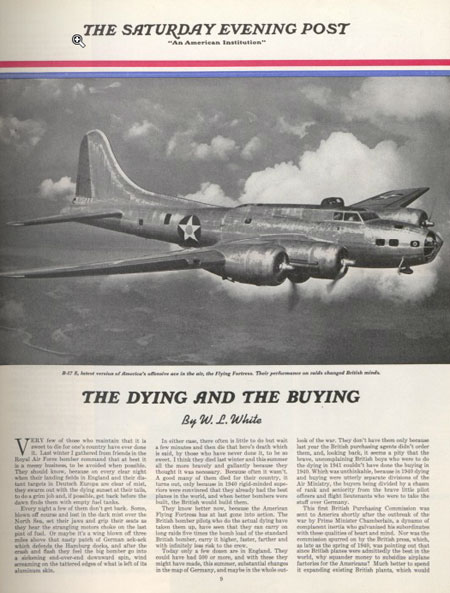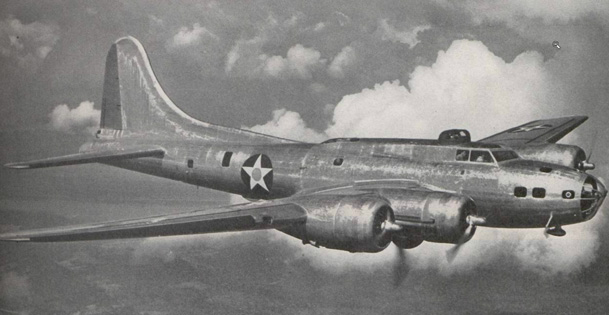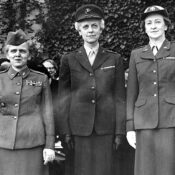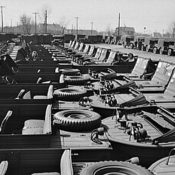America debuted the Boeing B-17, its latest development in military bombers, in 1940. The B-17 included a feature so advanced — the turbo-supercharger — that the Army had originally prohibited its sale to any foreign power. But that prohibition had been eased for the British now that they were fighting for their survival.
The British weren’t impressed.
They dismissed Boeing’s Flying Fortress as too new and too complicated. Also, it wasn’t British. So the Royal Air Force launched its air offensive against Germany with the older British bombers. In the following months, the RAF suffered losses so heavy, they reconsidered the American bomber.
By 1941, the British were flying B-17s and, according to author W. L. White, they were hitting the enemy harder, more frequently, and with less risk to the crew. This prompted White to reflect on the lives of airmen lost to the stubborn thinking of British military planners.
For the first few years of the war, the Allies — both British and American — struggled to get ahead of the Germans on the technology curve. The Nazis had been planning their conquest for years. Their opponents had looked away from the growing crisis, not wanting to think about another war so soon after the last one.
When war began, the Allied nations assumed it would be fought much like the First World War: a long stalemate with trench-bound troops and occasional bombings. That notion was shattered in June of 1940, when the Germans swept across Europe to conquer France, Belgium, Luxembourg, and the Netherlands. The world was stunned.
Here in America, many who had considered the new war as a pointless repeat of World War I now began to urge the U.S. to rebuild and modernize its military.
But re-arming the nation would be expensive and time-consuming. On December 7, two months after “The Dying and the Buying” appeared in the Post, the Japanese sped up the modernization of the U.S. Pacific fleet by destroying much of its power at Pearl Harbor.
As you read this article, keep in mind that Flying Fortresses were taking people farther from earth than ever before: the turbo-supercharger enabled the B-17 to operate at 30,000 feet. White explains how designers overcame the challenges to aviators operating at such high altitudes.

Become a Saturday Evening Post member and enjoy unlimited access. Subscribe now



